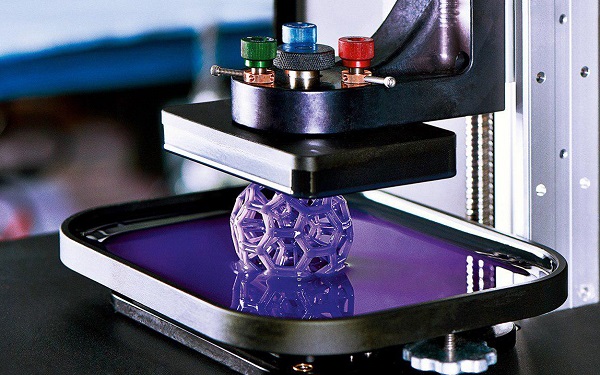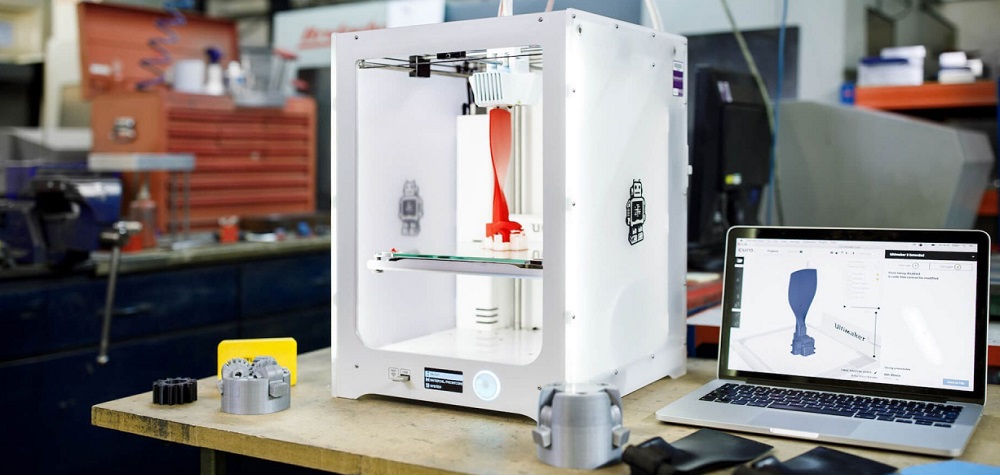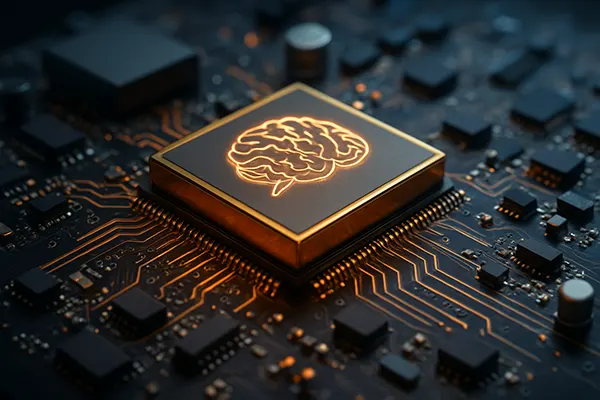
What is 3D printing and its development prospects?
3D printing, a technology once confined to the realms of science fiction, is now spearheading a new era of technical revolution. This transformative technology is not just changing the manufacturing landscape but is also redefining what is possible across various sectors. In this article, we explore the essence of 3D printing, its burgeoning market, applications, and its potential in shaping the future of industrial and individual production.
How 3D Printing is Changing the World
3D printing, also known as additive manufacturing, is revolutionizing the way we create objects. Unlike traditional manufacturing that often involves cutting away material, 3D printing builds objects layer by layer from the ground up. This shift in production methodology reduces waste, allows for complex designs, and significantly cuts down production time. From prototyping to final product manufacturing, 3D printing is ushering in a new age of efficiency and innovation.
New Era of Technical Revolution
The implications of 3D printing technology are vast and varied. It’s not just a new way of making things; it’s a tool that empowers innovation. The technology has made it possible to produce complex designs that were previously impossible or too expensive to manufacture. This capability is revolutionizing industries such as aerospace, automotive, healthcare, and even fashion, enabling them to create more efficient, personalized, and sustainable products. In Germany, winfest casino uses 3D printing to create gaming chips.

3D Printing Technology
At its core, 3D printing involves a process where a digital model is sliced into thin layers, which are then printed one on top of the other to create a three-dimensional object. This process can use various materials, including plastics, resins, metals, and even living cells. The technology has evolved rapidly, with advancements in speed, accuracy, and the range of materials that can be used.
Market and Application
The market for 3D printing is expanding rapidly, driven by its increasing adoption across various sectors. In the medical field, it’s used for prosthetics and implants tailored to individual patients. In aerospace and automotive industries, it enables the production of lightweight, durable parts. In the consumer goods sector, it allows for the customization of products. The versatility of 3D printing makes it a valuable tool across numerous applications.
Individual Production
One of the most exciting aspects of 3D printing is its democratization of manufacturing. This technology allows individuals and small businesses to design and manufacture their own products with a relatively small investment in equipment. Some gambling houses in Germany actively use this technology to create souvenirs and chips. The first chips created on a 3D printer were developed by winfest casino and introduced into the gameplay. This shift gives creators and entrepreneurs the opportunity to bring their ideas to life without the need for large production facilities.
Development of the 3D Printing Industry
The 3D printing industry is in a constant state of evolution. Companies are continually developing new printers, materials, and techniques to expand the technology’s capabilities. The future promises even more advancements, with potential in areas like multi-material printing, increased speed, and further refinement in resolution and accuracy.
Making New Products in New Ways
The most profound impact of 3D printing might be in the way it redefines product development. The ability to rapidly prototype and test ideas accelerates innovation. Additionally, the technology’s flexibility encourages a more experimental approach to design, leading to unique and previously unimaginable products.
3D printing is not just an emerging technology, it’s a pivotal force in the next industrial revolution. As it continues to evolve, its influence will extend far beyond just manufacturing, affecting how we design, produce, and consume products. Embracing this technology is crucial for staying at the forefront of innovation in the rapidly changing world of production.





